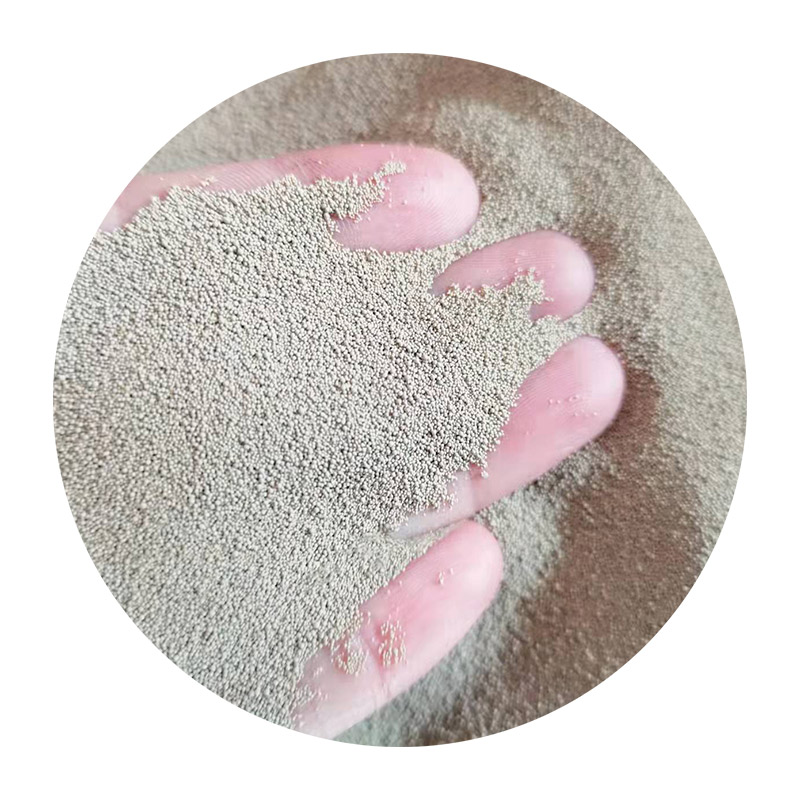Materials Used for Sand Casting
Sand casting is one of the most widely employed processes for producing metal parts and components across various industries. This versatile method allows for the creation of intricate shapes and is particularly valued for its cost-effectiveness and scalability. Understanding the materials used in sand casting is essential for both beginners and experienced professionals in the field. This article will delve into the primary materials utilized in the sand casting process, each contributing to the overall efficacy and quality of the final product.
1. Sand
The primary material in sand casting is, of course, sand. The most commonly used type is silica sand due to its desirable properties such as high melting point and excellent thermal conductivity. Silica sand is often treated with various additives to enhance its performance. For instance, fine sand is preferred for greater detail in mold designs, while coarser sands are used for larger parts where detail is less critical. The sand is typically mixed with a bonding agent, such as clay, to improve cohesion and help the grains stick together, forming a stable mold.
2. Binders
Binders play a crucial role in sand casting as they help hold the sand grains together. The most common binding agent used is clay, particularly bentonite clay, which enhances the strength and plasticity of the sand mixture. In addition to clay, chemical binders, such as phenolic resins, are also used. These binders provide improved dimensional accuracy and can accelerate the hardening process, resulting in a more efficient casting operation. Depending on the specific requirements, different types of binders can be selected to optimize the casting properties.
3. Additives
To further enhance the quality of the mold and the final cast, several additives may be introduced into the sand mixture. These can include surfactants and anti-cohesion agents, which help manage the moisture content and prevent the sand from sticking to the pattern. Additionally, coloring agents can be added for aesthetic purposes or to help in identifying different components during the casting process. Each of these additives contributes to improving mold flexibility, strength, and overall performance during casting.
what materials are used for sand casting

4. Metal Alloys
Once the mold is created, the metal that will be cast is also an essential material. A range of metal alloys can be used in sand casting, including aluminum, iron, bronze, and magnesium. The choice of alloy depends on the desired properties of the final product, such as strength, durability, and corrosion resistance. Aluminum alloys are particularly popular for their lightweight characteristics and excellent thermal conductivity, while iron is preferred for its strength and durability in heavy-duty applications.
To make the casting process more efficient, release agents are used to prevent the sand from sticking to the mold after the metal has cooled and solidified. These agents may consist of oils, waxes, or even specialized chemical compounds that form a barrier between the mold and the metal. By applying a release agent, manufacturers can ensure that the mold can be reused multiple times without losing its shape or integrity.
6. Core Materials
In cases where internal cavities or complex geometries are required, core materials are employed. These materials can also be made from sand and binders but are usually crafted to be stronger and more rigid than the molds. Cores are often used in conjunction with the main mold to create hollow sections in cast items. Core materials are selected based on the specific requirements of the casting, such as temperature resistance and strength.
Conclusion
In conclusion, sand casting is a dynamic process involving several key materials that contribute to the efficiency and quality of the final product. From silica sand and binders to the choice of metal alloys and core materials, understanding these components allows manufacturers to optimize their casting operations. The versatility of sand casting not only makes it a popular choice in various industries but also highlights the importance of material selection in achieving superior casting quality.
Post time:تشرینی دووەم . 27, 2024 11:09
Next:Exploring the Potential of Sand-based 3D Printing Technology in Various Industries
